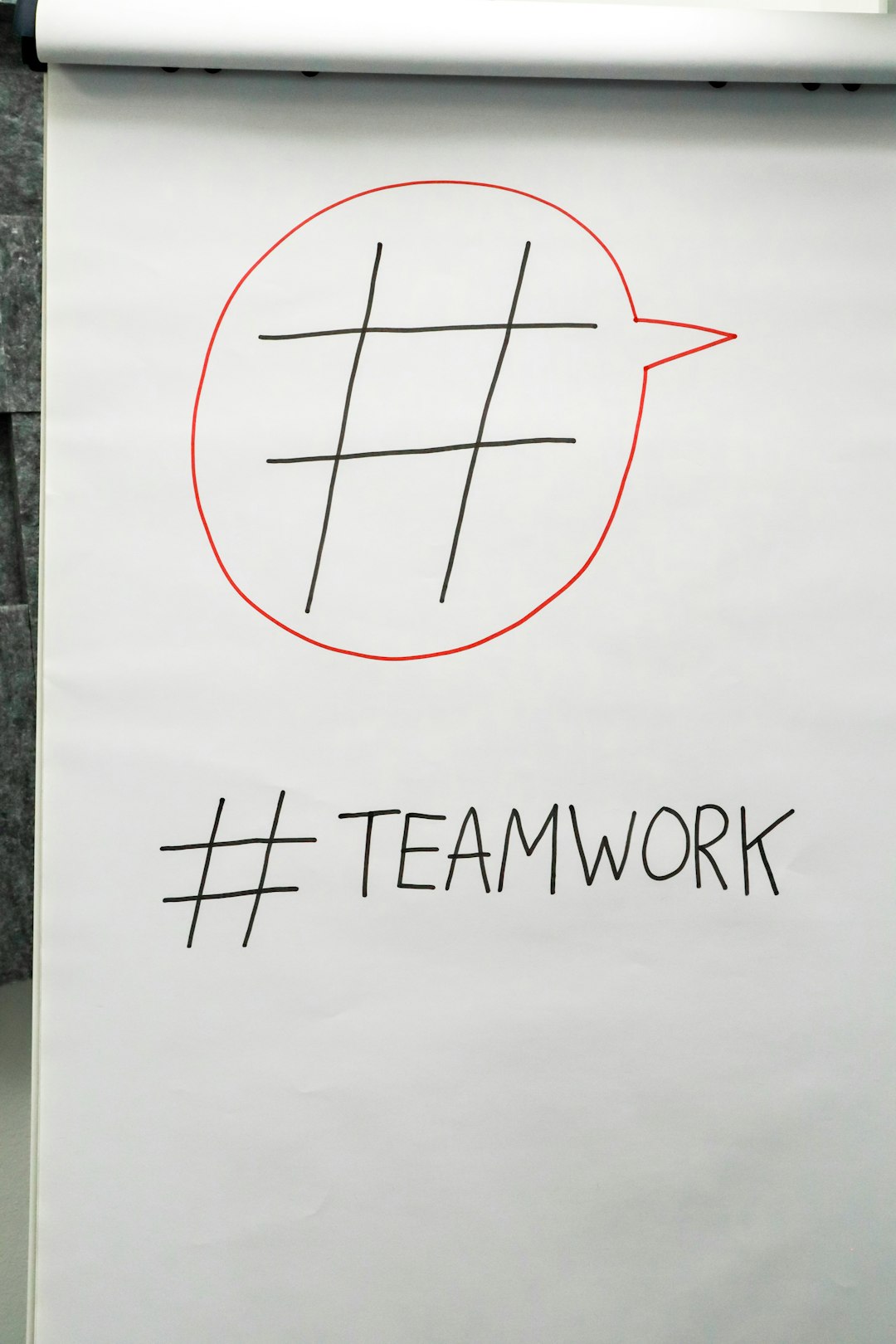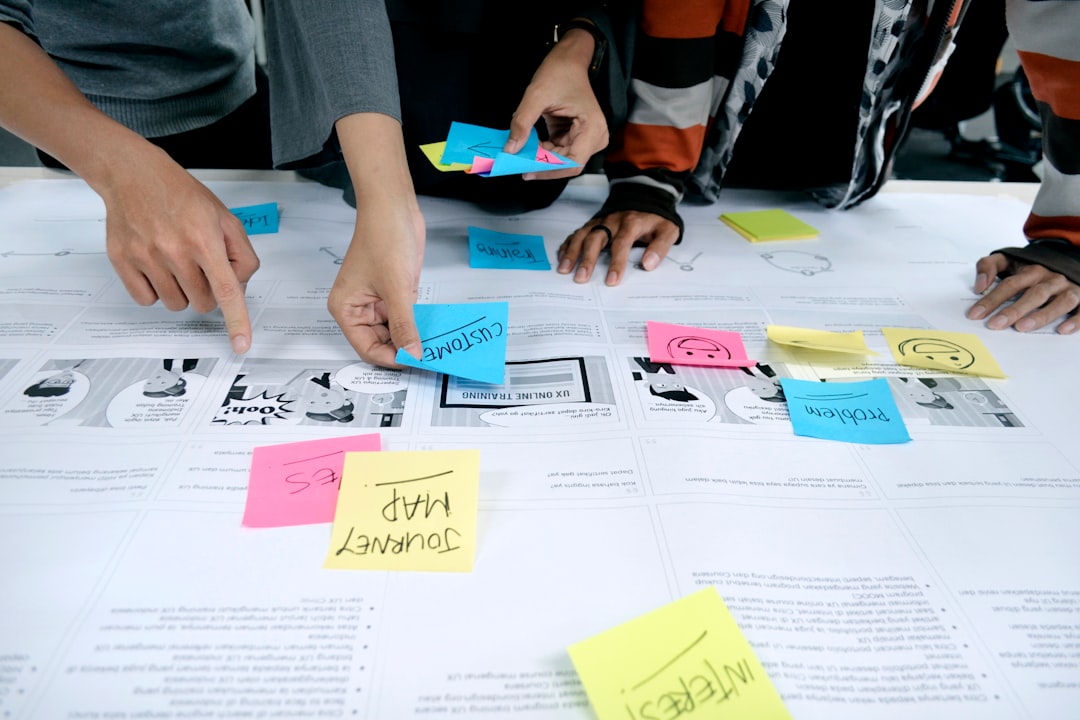Imagine trying to build a spaceship with just a hammer and a dream. Sounds wild, right? That’s exactly what it feels like when teams try to build product roadmaps without syncing across departments. Welcome to the wonderful (and sometimes messy) world of cross-functional roadmapping. Done right, it keeps everyone engaged, aligned, and pushing in the same direction.
Contents of Post
So, What Is Cross-Functional Roadmapping?
It’s a fancy way of saying: “Let’s make plans together.”
A roadmap usually shows what’s being built, when it’s being built, and often, why it matters. But when different teams make their own version of the plan, things get messy fast. Cross-functional roadmapping pulls everyone into the same room (real or virtual) and says:
- Let’s agree on the big goals.
- Let’s be honest about timelines.
- Let’s make trade-offs together.
Marketing wants features that sell. Engineering wants tech that scales. Sales wants it yesterday. Design wants to delight. Product wants… mostly everything. Cross-functional roadmapping is how you get all of these voices singing the same tune. Or at least humming in harmony.
Why Roadmaps Fall Apart
Before we dive into how to do it right, let’s talk about why roadmaps go wrong.
- They’re created in silos. Product goes off into a cave and returns with a “master plan.” No one else saw it coming.
- They’re unrealistic. Too much. Too fast. Zero buffer. Engineering cries.
- They don’t get updated. Stuff changes. But the roadmap still shows features from 3 quarters ago.
- No one agrees on priorities. Everyone’s working hard… but on different things.
Sound familiar? Don’t worry. You’re not alone. And yes—there is a better way.
Build Roadmaps That Stick
Let’s make something beautiful that doesn’t fall apart after a sprint or two.
Here’s how to make a roadmap that gets buy-in and actually delivers.
1. Start With Shared Goals
Everything begins here. Gather key folks from product, engineering, design, marketing, sales, and support. Ask one simple question: “What does success look like this quarter?”
Write it down. Make it visible. Keep coming back to it.
Now you’ve got alignment. You’re not just building a dessert cart of features. You’re chasing clear, shared outcomes.
2. Do Some (Fun) Exercises Together
Workshops > Meetings.
Use sticky notes, whiteboards, and timers to keep things moving. Here are two quick activities that work wonders:
- Moscow Prioritization: Must-Have, Should-Have, Could-Have, Won’t-Have (this time).
- Now-Next-Later Mapping: Organize initiatives based on time and value, not perfection.
These encourage discussion and bring out hidden dependencies or risks—all before someone quietly goes rogue with their own roadmap.
3. Bring Data, Not Just Opinions
Cross-functional discussions can get… persuasive. Everyone thinks their initiative is urgent. Back things up with:
- User feedback
- Customer success metrics
- Tech debt reports
- Market research
Let data have a seat at the table. It makes decisions smarter—and less personal.
4. Visualize the Roadmap
Don’t rely on spreadsheets with 42 columns and 12 tabs. You’ll lose people fast.
Create something easy to digest. Color-code it. Use swimlanes or themes. Tools like Trello, Jira, Notion, or FigJam can bring your roadmap to life.

The goal here is clarity. If someone from support or legal can glance at it and get the gist—that’s a win.
5. Review and Revise (A Lot)
Great roadmaps aren’t “set and forget.” They’re living documents. Things change. New priorities pop up. Some things take way longer than planned.
So:
- Check in monthly.
- Celebrate progress!
- Adjust timelines and priorities as needed.
Making review cycles part of the roadmap itself keeps things fresh and forces tough decisions in the open.
Tips to Keep Everyone Loving the Process
Want your roadmap to stir joy instead of sighs? Try these tips:
- Give context before you ask for input. Don’t just drop a half-baked board and ask for opinions.
- Respect people’s time. Prep roadmapping sessions like you would a product launch.
- Use storytelling. “Why this matters” wins more hearts than “Here are the Q3 features.”
- Assign a roadmap narrator. Someone who owns the story arc and keeps it cohesive.
Tools That Can Help
You don’t need fancy software to roadmap well. But it helps. Here are a few handy tools to explore:
- FigJam – Great for collaborative sketching and real-time voting.
- Miro – Excellent for mapping dependencies and timelines visually.
- Aha! – Built specifically for product roadmapping.
- Notion – Simple and customizable if you like flexible docs.
Choose what fits your team’s vibe. The perfect tool is the one people actually use.
A Word About Trust
You can have all the prioritization grids in the world, but if teams don’t trust each other—it all breaks. Trust builds through three things:
- Transparency: Everyone sees the same roadmap.
- Collaboration: Stakeholders feel heard, not herded.
- Consistency: You do what you say you’ll do (or clearly explain why you don’t).

When trust grows, so does shared ownership. That’s the secret sauce of a roadmap that sticks. It’s not just “product’s thing.” It becomes our plan.
You Made It!
If you’re still reading, congrats—you’re ready to build roadmaps that don’t crumble. It’s not about being perfect. It’s about being aligned. Being honest. Being flexible.
So pull up a chair, grab some color-coded post-its, and invite your teammates into the process. Because magic happens when everyone builds the plan together.
And hey—next time someone says, “Let’s roadmap that,” you’ll say, “Let’s do it cross-functionally!”

